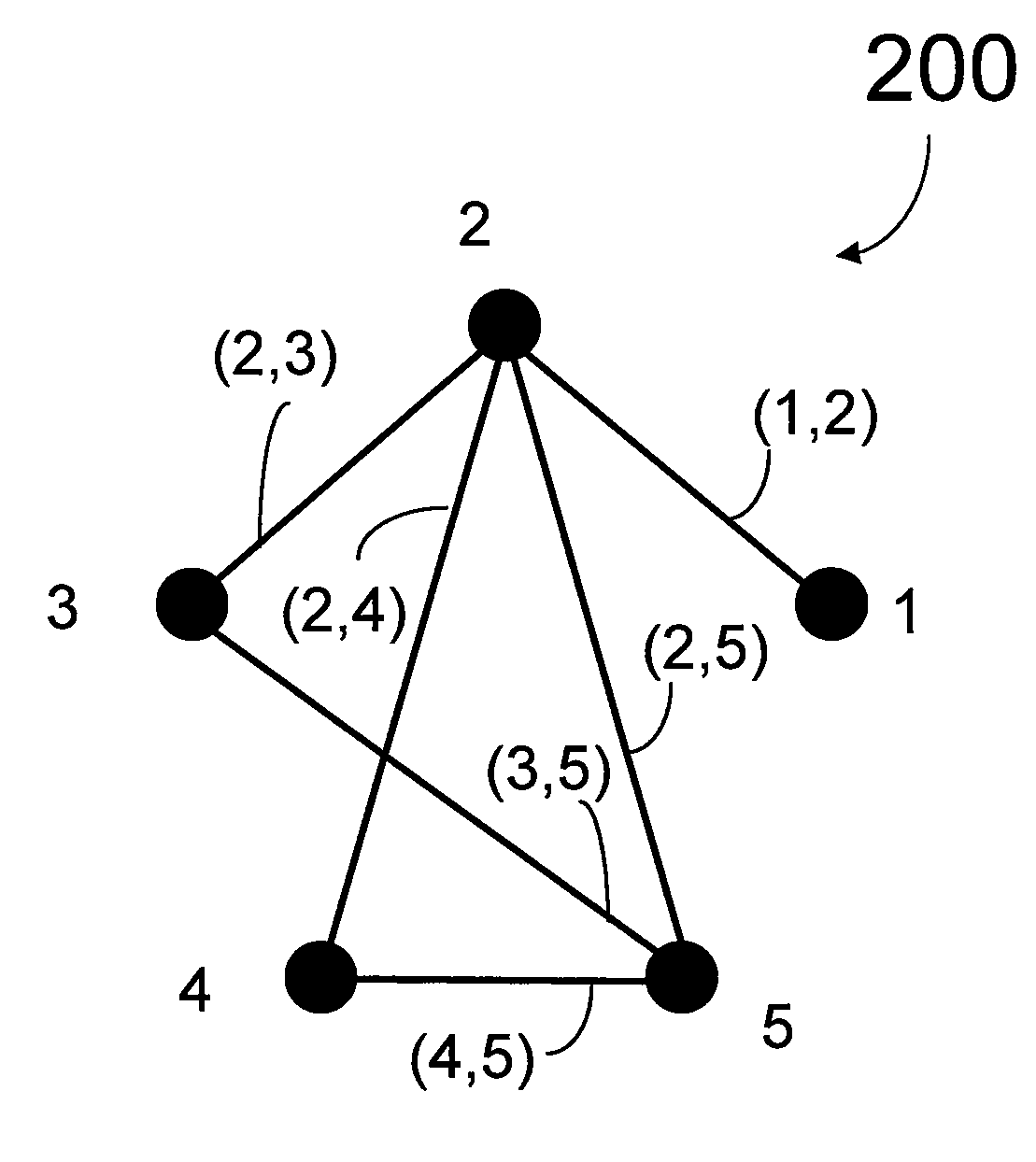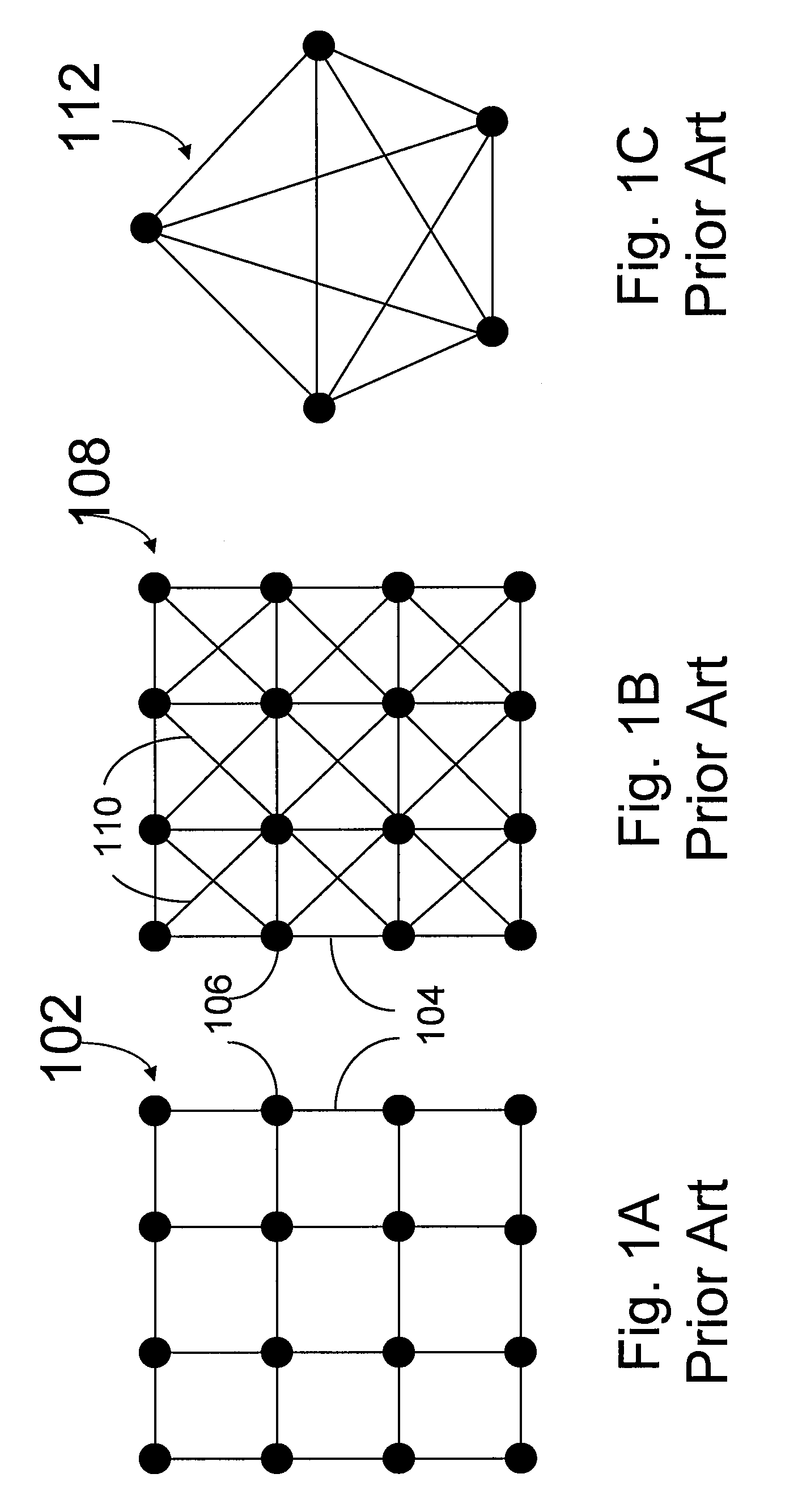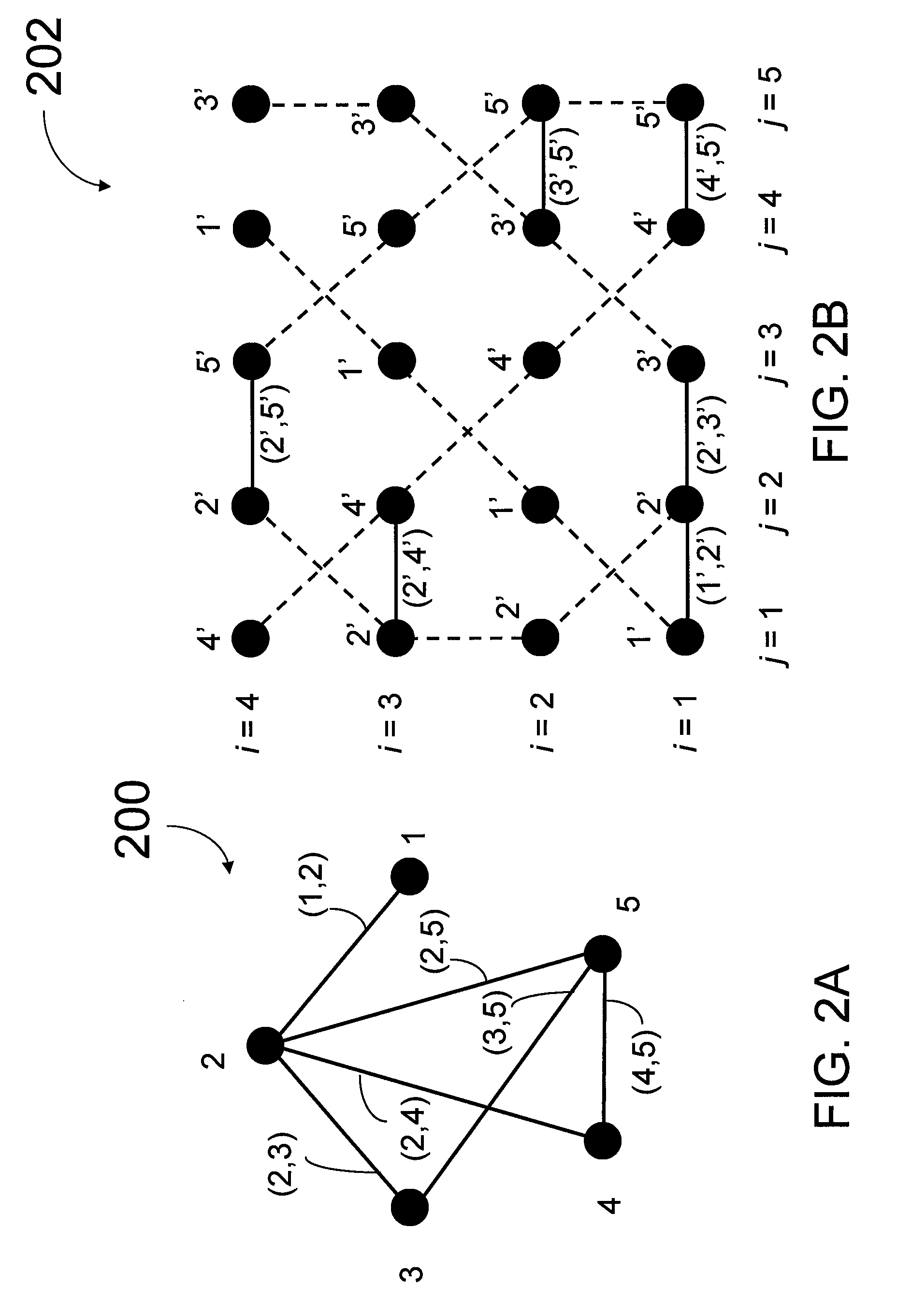Graph embedding techniques
a graph and embedding technology, applied in the field of graph embedding techniques, can solve the problems of invalidating the church-turing thesis, affecting the practical implementation of model quantum computers, and affecting the quality of ar
- Summary
- Abstract
- Description
- Claims
- Application Information
AI Technical Summary
Benefits of technology
Problems solved by technology
Method used
Image
Examples
Embodiment Construction
[0048]In the following description, certain specific details are set forth in order to provide a thorough understanding of various embodiments of the present systems, methods and apparatus. However, one skilled in the art will understand that the present systems, methods and apparatus may be practiced without these details. In other instances, well-known structures associated with graphs, graph theory, graph drawing and graph embedding have not been shown or described in detail to avoid unnecessarily obscuring descriptions of the embodiments of the present systems, methods and apparatus. Unless the context requires otherwise, throughout the specification and claims which follow, the word “comprise” and variations thereof, such as, “comprises” and “comprising” are to be construed in an open, inclusive sense, that is, as “including, but not limited to.” Unless the context requires otherwise, throughout the specification and claims that follow, the word “algorithm” is to read “algorith...
PUM
 Login to View More
Login to View More Abstract
Description
Claims
Application Information
 Login to View More
Login to View More - R&D
- Intellectual Property
- Life Sciences
- Materials
- Tech Scout
- Unparalleled Data Quality
- Higher Quality Content
- 60% Fewer Hallucinations
Browse by: Latest US Patents, China's latest patents, Technical Efficacy Thesaurus, Application Domain, Technology Topic, Popular Technical Reports.
© 2025 PatSnap. All rights reserved.Legal|Privacy policy|Modern Slavery Act Transparency Statement|Sitemap|About US| Contact US: help@patsnap.com



